One of the most approachable red wines in Italy, Barbera (“bar-BAY-rah”) is a fresh and fruity wine that is always present on the tables of the inhabitants of Piedmont. It is the most drunk and consequently the most cultivated grape, representing at least half of the entire production of Piedmont as a region.
Primary Flavors
Blueberry
Rose petal
Liquorice
Green pepper
Black pepper
Black cherry
Grape Profile
TANNIN: Quite Soft, Barely Noticeable Tannins
ACIDITY: Intensely Zesty, Very High Acidity
BODY: Rich, Smooth, and Layered
SUGAR: Completely Dry, No Residual Sugar
LEVEL OF ALCOHOL: Fairly Strong (12-14%)
Handling
Serve 17-20°C
Decant 30 minutes
Glass Type Standard Balloon Glass
Period open1-3 days
Cellar Up to 10 Years
Our Top selection
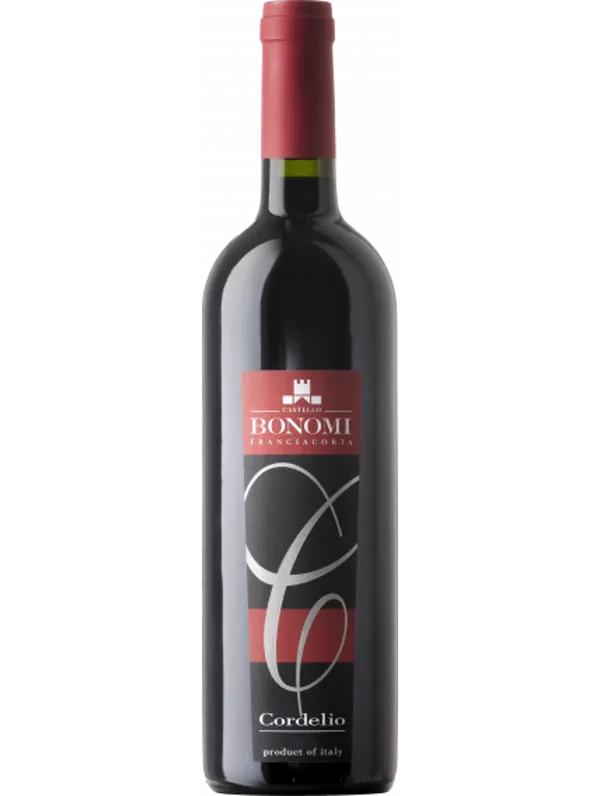
Castello Bonomi Cordelio Curtafranca
The palate unveils a silky texture, fine tannins, and a core of vibrant fruit, finished with hints of cinnamon and woodsmoke. Ideal for smoked meats and tomato-based pastas. No need to decant.
Read more

Braida Bricco dell' Uccellone Barbera d'Asti
Intensely structured Barbera with notes of spices, red fruits, mint, and great aging potential. Perfect with hearty dishes.
Read more

Michele Chiarlo, La Court Riserva, Nizza Barbera d'Asti Superiore
Smooth with rich coffee, chocolate, and red fruit flavors, elegantly balanced.
Read more

Barbera d'Alba Organic
Intense yet delicate red with tones of red cherry and savory notes, finishes tannic and tart.
Read more
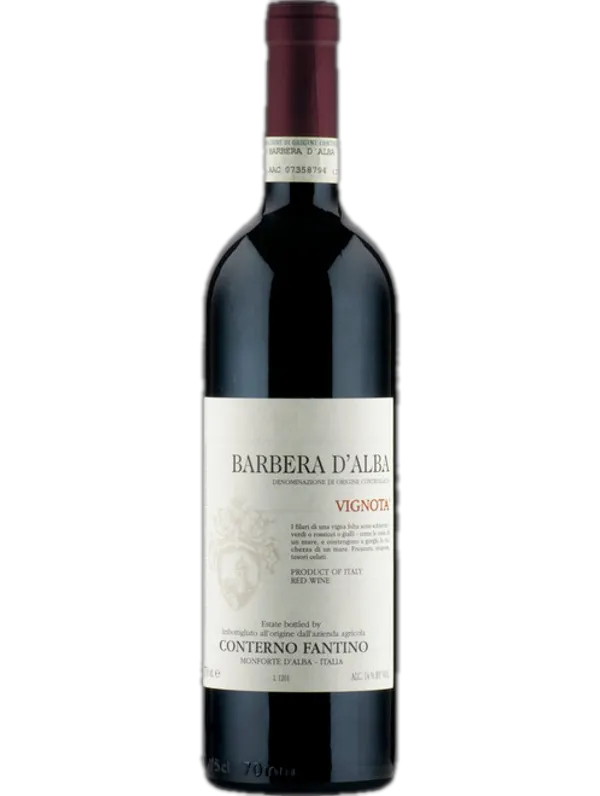
Barbera d'Alba Vignota DOC
Velvety ruby charm, ripe cherries, and a persistent finish. Elegantly scented with sour cherry hints.
Read more
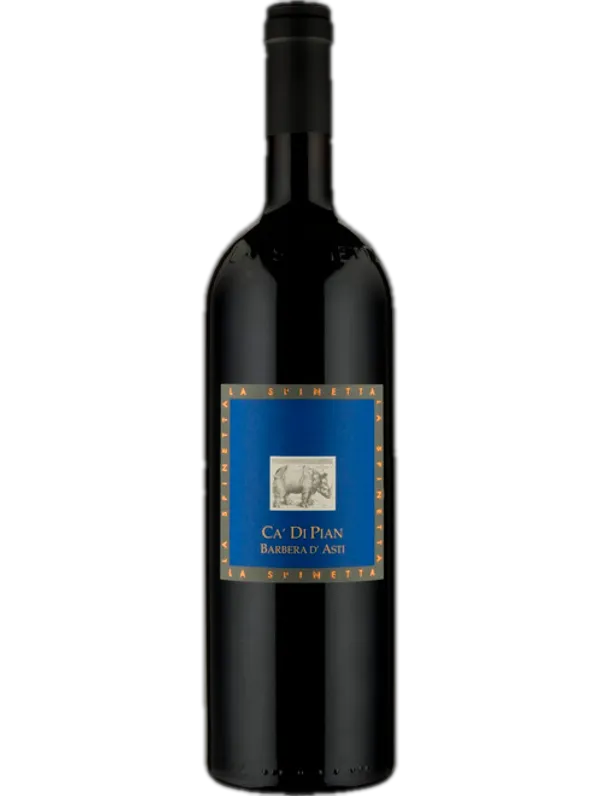
Barbera d'Asti Superiore DOCG Organic
Intensely aromatic red wine, balanced with rich red fruit, subtle oak influences, and smooth acidity.
Read more
Barbera Regions
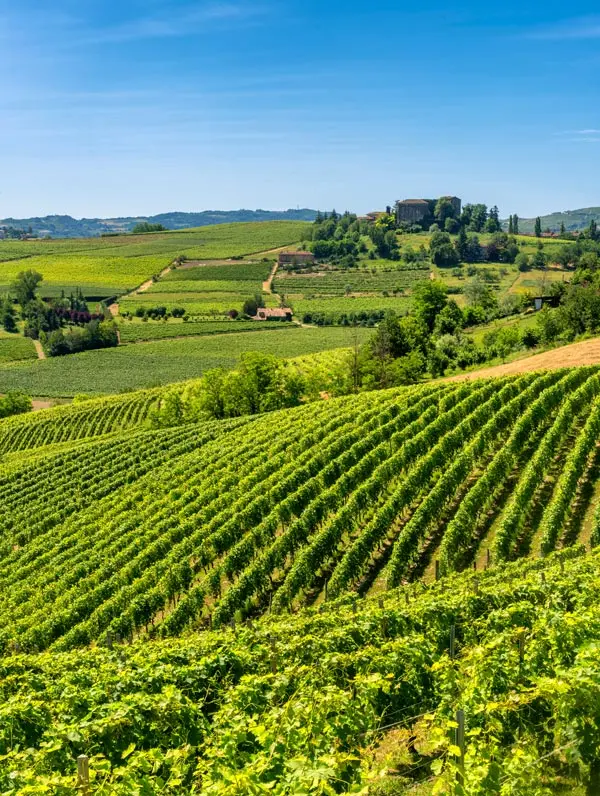
Piedmont
Piedmont is a historic winemaking region well worth visiting when exploring Italian wine.
Read more
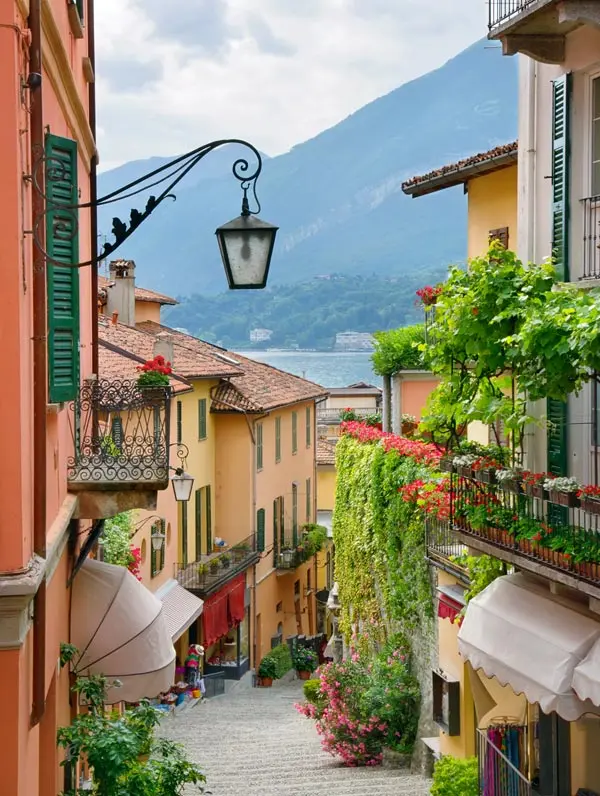
Lombardy
The diverse Lombardy terroir is characterised by high quality wines and boasts 5 DOCGs.
Read more
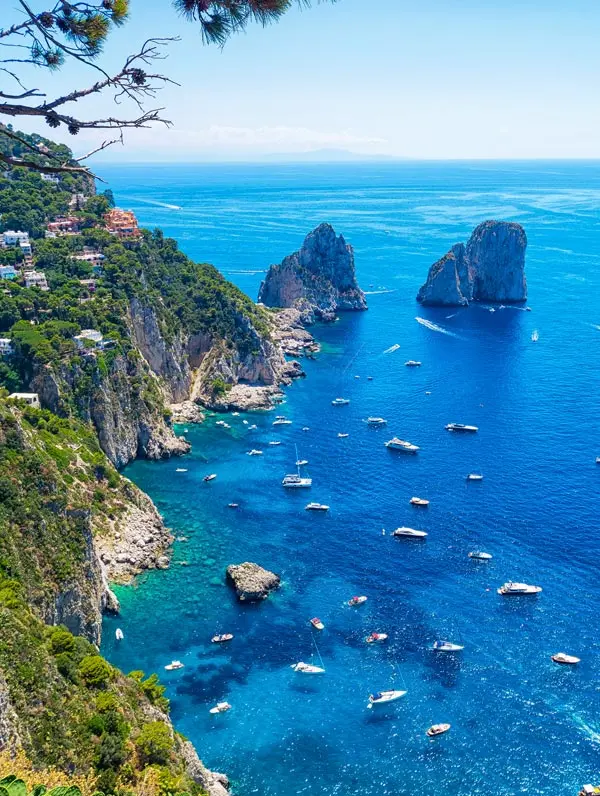
Campania
Campania has everything from food to nature to the coast and of course, wine!
Read more
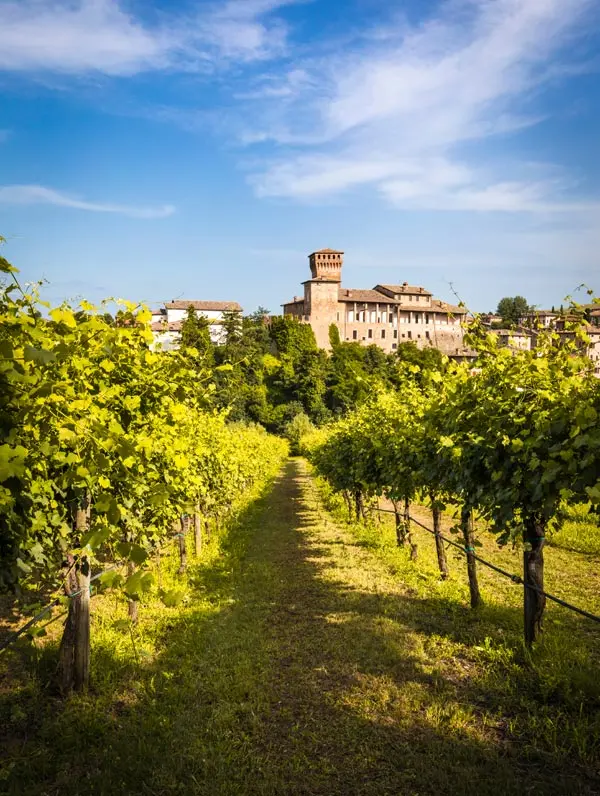
Emilia Romagna
Emilia Romagna is famous for its great cuisine, organic wines and vast wine varieties.
Read more
Food Parings

Starter: Crudités platter served with bagna cauda
A garlic dip sauce that represents a classic of the Piedmontese cuisine and requires a nice and fresh Barbera d’Asti

Main course: Polenta
A traditional dish from the northern regions. Perfect to be enjoyed in the winter season with a nice glass of Barbera d’Alba.

Second course: Mixed boiled meat
A hearty dish of Piedmontese origins, made with several beef and veal cuts, and served with traditional sauces. Have it with Barbera Monferrato.
Barbera produces excellent everyday wines that can be served throughout the meal.
The sparkling examples, served fresh, make a great aperitif and are perfect with cured meats. Young still Barberas, such as the wines from Asti, are a wonderful match to grilled meat, chicken and pasta dishes. The more structured and aged versions, such as the ones from Monferrato and Alba, however, can be a delicious companion for red meat and aged or blue cheeses.
There aren’t many sweet wines produced from Barbera grapes; however, the few examples available work very well with red fruit desserts.
FAQS
What kind of wine is Barbera?
Barberas are intense and robust red wines. They are rustic and genuine, deeply integrated in the enogastronomic traditions of the region of Piedmont. They can be sparkling or still, red or rosé, dry or sweet, hence offering a wide choice of food combinations.
What does Barbera taste like?
It is quite an immediate wine, thanks to a pleasant acid nerve, velvety tannins and a good body. It is round and well balanced with juicy notes of red fruit. The Superiore wines show more complexity, with notes of chocolate, vanilla and coffee that blend well with the sweetness of the fruit
Is Barbera dry or sweet?
Generally speaking, most Barbera based wines are dry, although on the market it is possible to find some ‘passito’ (sweet) versions.
Where is Barbera produced?
Barbera is the most widespread red grape in Piedmont: the historic area of origin is Monferrato, but the grape is also present in the province of Asti and in the Langhe. Out of Piedmont, Barbera appears in the province of Pavia, as part of the blend of the Oltrepò Pavese Sangue di Giuda and Buttafuoco, and in the area of the Colli Piacentini.
What should I eat with Barbera?
Barbera is a very drinkable wine. A light Barbera is ideal to accompany cold cuts, lasagna or cannelloni and white meat dishes in general. The more full-bodied versions, aged in wood, can be paired with more elaborate preparations such as risotto with truffles, game, and braised or stewed meat.
Want to know it all?
Barbera Primary Flavours
Depending on the origin and the winemaking style, Barbera can vary from fresh and lively wines, to more structured and complex versions, sometimes with important refinement in wood. Most of them are characterised by a charming nose of:
Blackberry
BlackberryBlueberry
BlueberryRose
RoseLiquorice
LiquoriceGreen Pepper
Green Pepper
Handling of Barbera
Serving temperature:
17-20°CGlass type:
Balloon glassSuggested time in Decanter:
30 minutesLasting period once open:
1-3 daysStoring time in cellar:
2 years for the young Barberas, 5-10 years for the best examples, aged in oak
Consumer info
Price average:
£8-12Best pairing with pasta:
Stuffed pasta such as ravioliBest pairing with risotto & rice:
Truffle risottoBest pairing with meat:
VealBest pairing with fish:
CodBest pairing with cheese:
Medium aged cheese, such as cheddarTop 3 cuisines that pair well:
Italian, Spanish, Thai
Wines made from Barbera Grapes
Barbera d’Alba DOC:
This is a young wine with ample aromas, a good body, notes of plum and spices, provided with a marked but pleasant acidity.
Barbera d'Asti DOCG:
Characterised by a floral and fruity nose, with notes of ripe cherry, plum, raspberry and blackberry. This wine is dry and harmonious, with a lively acidity.
Barbera Monferrato DOCG:
Produced in the provinces of Asti and Alessandria, it must age at least 14 months, including 6 in oak barrels. The nose is intense and ethereal, and in the mouth, it is harmonious and full.
Oltrepò Pavese Buttafuoco DOC:
One of the most important Barbera wines made outside Piedmont. Its curious name (‘buttafuoco’ translates as ‘throw fire’) derives from the local dialect and refers to its strong character and warmth.
History of Barbera
The Barbera grape is less ancient than other varieties which are grown in Piedmont, such as Moscato, Grignolino and Nebbiolo; however, the first written records of Barbera wines date back to the end of the 18th century.
In the past, Barbera was considered a peasant wine, but over time its cultivation has expanded considerably, alongside its fame. Thanks to modern and appropriate winemaking processes it is now possible to find various types of Barbera wines. There are excellent ready-to-drink bottles and more complex wines that provide medium longevity and good structure, which get better with ageing.
Final overview
Traditionally seen as a peasant wine, Barbera wine offers great value, they are extremely approachable and particularly food friendly; the perfect red for those getting introduced to the Italian wine universe.
